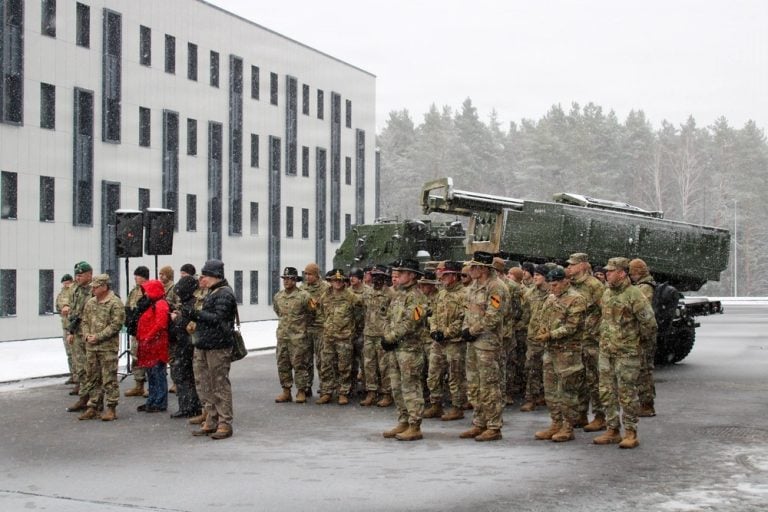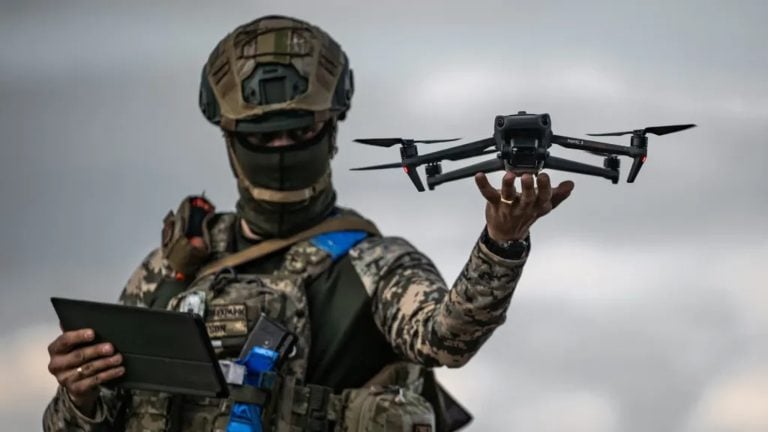The US Army is actively working on developing “zero trust” capabilities to strengthen the security of its tactical network systems in response to a growing array of cyber threats. The zero trust security model operates on the principle that no user, device, or application should be automatically trusted within a network, which requires rigorous verification for every access attempt.
In the context of military applications, this model ensures that all interactions within the network are meticulously monitored and authenticated, thus reducing the likelihood of cyber intrusions. The Army’s ongoing efforts reflect an understanding that adversaries are continuously advancing their tactics, making traditional security measures less effective against the complex and evolving nature of contemporary cyber risks.
Recently, the Army issued a request for information (RFI) outlining its requirements for zero trust solutions. These solutions should be capable of functioning in environments that are denied, degraded, intermittent, or limited, while also being compatible with the Army’s current infrastructure. Vendors interested in contributing to this initiative have until March 5 to submit their responses.
The RFI emphasizes the urgency of adopting modern security approaches. It recognizes that the constrained and highly dynamic nature of tactical environments presents significant challenges for implementing zero trust solutions that effectively address mission needs. The Army’s push for zero trust technology is seen as a crucial step towards enhancing overall network security and resilience against cyber threats.
Once implemented, zero trust technology is anticipated to provide a substantial reduction in the likelihood of unauthorized network access. It aims to diminish the potential damage from any breaches that do occur and to uphold robust network security standards, even in scenarios where one segment of the network is compromised. The Army’s commitment to this innovative security framework underlines a proactive stance toward safeguarding sensitive data and communication networks against an increasingly hostile cyber landscape.



















